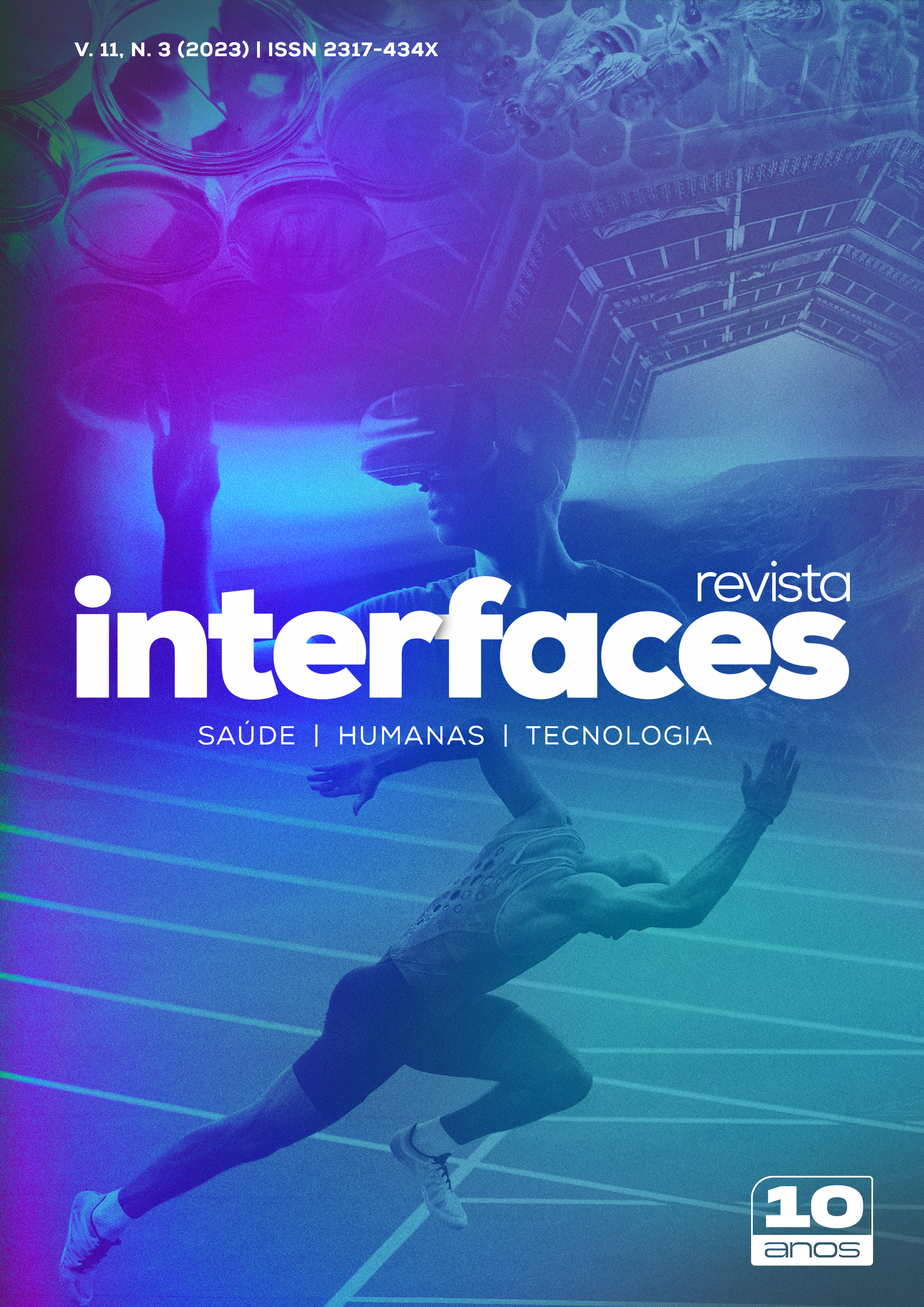PHYSICOCHEMICAL STUDY OF THE PERICUMÃ RIVER IN BAIXADA MARANHENSE
DOI:
https://doi.org/10.16891/2317-434X.v11.e3.a2023.pp3017-3025Abstract
This article aimed to diagnose the impacts caused on the Pericumã River, in the municipality of Pinheiro, Maranhão, evaluating the physical and chemical parameters based on CONAMA resolution 357/05. Six
samples were collected, in six different points of the river, in two months referring to the rainy period and two referring to the dry period. The samples were collected and sent for analysis of the following parameters: pH; total phosphorus; turbidity; Dissolved oxygen; total dissolved solids; salinity; nitrite; nitrate; calcium hardness and magnesium hardness. Following the methods and guidelines proposed by APHA (2012). The pH variables (ranging from 4.7 to 5.85), turbidity (ranging from 83.4 to 286), nitrate (ranging from 7.25 to 16.7), showed greater changes in their average values in the rainy season, not complying with the resolution. Total phosphorus had a greater change in the dry period, reaching 2.4 mg/L. The data suggest that, in the rainy season, there is a greater load of sediments released into the river, increasing turbidity, while tailings and residues from human activities increase the amount of nutrients present in the river, such as nitrate and phosphorus, which promote the growth of algae and other aquatic plants, affecting water quality, and possibly leading to eutrophication. The data found can guide the creation of public policies to raise awareness of the population about care for the river and the proper disposal of waste and waste, in order to avoid water contamination.
Keywords : Epidemiology; Arbovirus; Dengue; Dengue Virus

